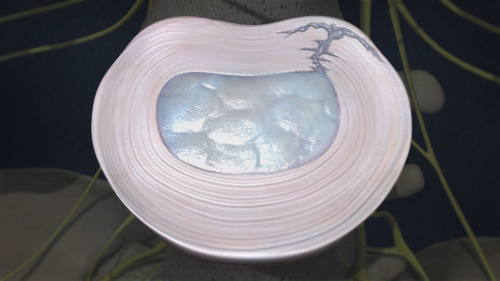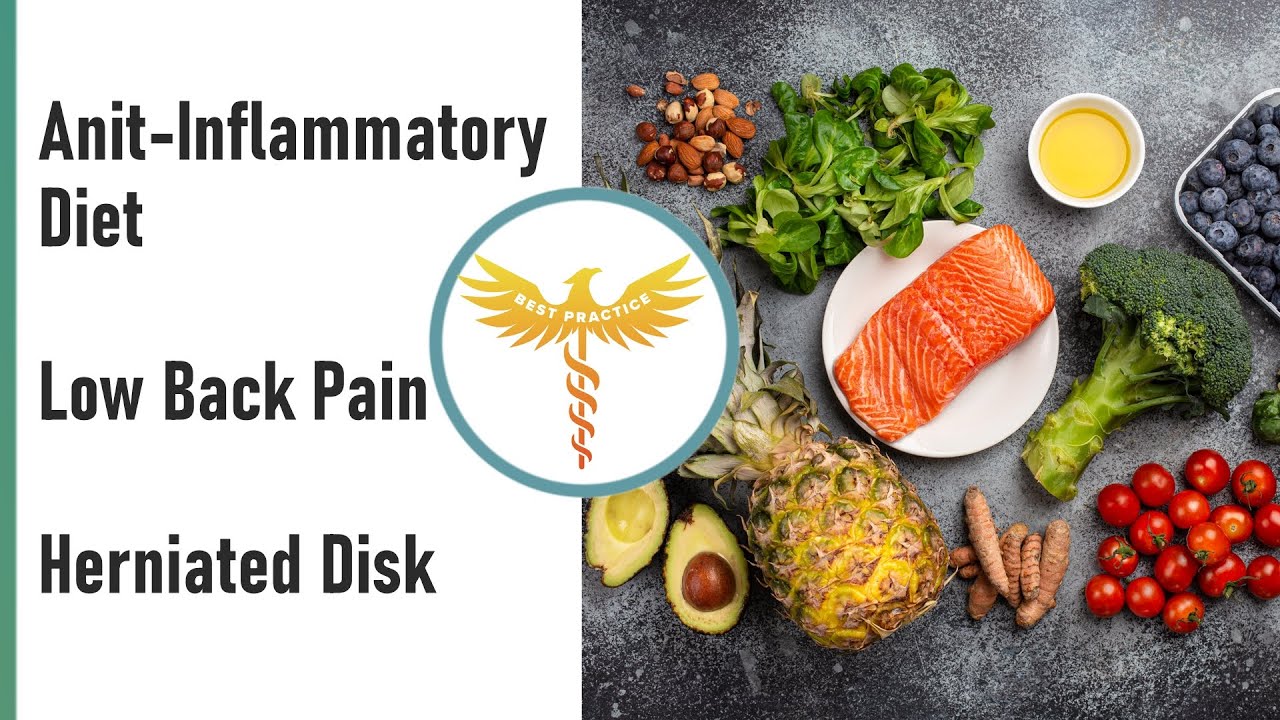
How To Read Your MRI Report and Overcome Discogenic Low Back Pain
How To Read Your MRI Report and Overcome Discogenic Low Back Pain https://bestpracticehealth.com/wp-content/uploads/2022/10/ddd_0006_00_29_25-2.png 500 281 Best Practice Health Best Practice Health https://bestpracticehealth.com/wp-content/uploads/2022/10/ddd_0006_00_29_25-2.pngIf you watch my show Best Practice Live you know that the cause of back pain determines how it feels.
Back pain that starts to one side, radiates to your butt, feels like it’s coming from the hip, and burns on the outer thigh is due to arthritis. An electrical zinger down one leg with numbness and weakness is a nerve root pinched by a herniated disc or bone spur. And a knife in the middle of the back that is there all the time and made worse by sitting or bending forward is from a torn disc.
If you suspect your low back pain is coming from a disc you need to prove it by checking your MRI report. Here are some of the words and phrases radiologists use to indicate you have a torn disc:
Annular tear | Endplate inflammation
Modic changes | Hyperintense fissure
OK. So you have knife in the back pain, and your MRI confirms it may be coming from a torn disc (annular tear).
YOUR NEXT STEP IS TO PICK A TREATMENT. You have three options:
1. The least invasive one about which the least is known is to inject growth factor into the disc.
2. Next comes the new Intracept procedure from Relievant for basivertebral nerve ablation.
3. And if all else fails the disc can be removed and the inner-space fused.
Growth factor injection is done by a pain management physician. Pick one who is a board-certified anesthesiologist or physiatrist who is also credentialed to specialize in pain management; not all of them do this treatment, so call ahead to find one who does. You can find a doctor who does the Intracept procedure at their website: Home – The Intracept Procedure by Relievant. Spinal fusion is done by a spine surgeon; the right procedure depends on which disc is torn.
L5/S1 —> Anterior Lumbar interbody fusion (ALIF)
L4/5 —> posterior lumbar interbody fusion with pedicle screw fixation (PLIF)
L1/2, 2/3, ¾ —> Direct lateral interbody fusion (DLIF)
Discogenic low back pain always reminds me of something Confuscious once said: “Life is really simple, but we insist on making it complicated.” The bottom line is that torn discs cause knife in the back pain which can be treated three ways.
Choose wisely.
You can see this topic on Best Practice Live here: Doctor discusses anti-inflammatory diets, low back pain causes, and herniated disk

Dr. Dan Lieberman, M.D.
- Post Tags:
- Pg - Degenerative disc disease
- Posted In:
- Low Back Pain








